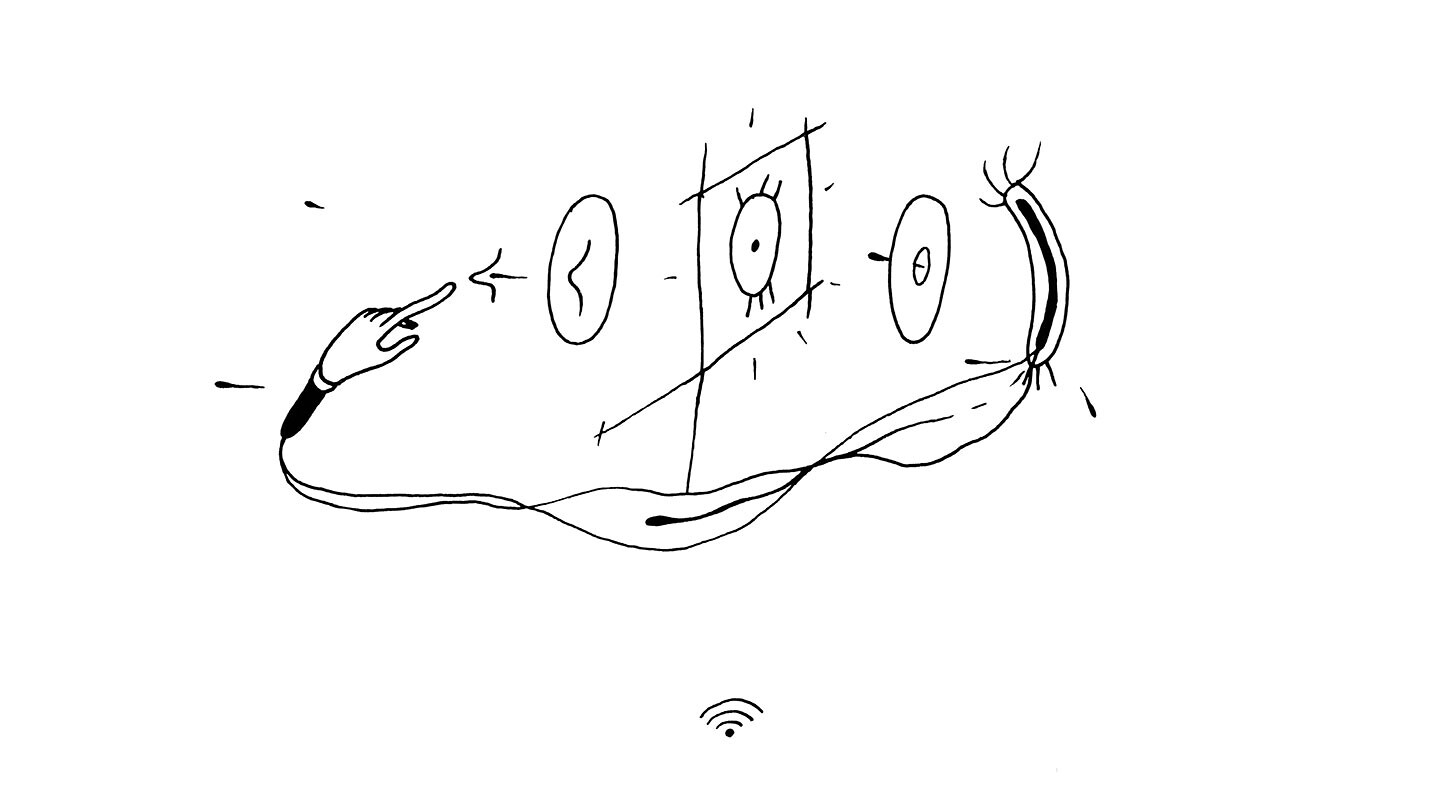Rootlessness, violence, the shattering and loss of all traditions, loneliness, mental decay, and illness—this is the inheritance from modernity in the West and in Westernized territories throughout the globe. Hannah Arendt’s work reflects on these forms of modern alienation, which she poses as direct threats to the Lebenswelt: the world of common human experience and interpretation. The Lebenswelt, literally “life-world,” or “world in common” as Arendt defines it, is the framework from which both understanding and political judgment (from the point of view of the political actor and/or spectator) can arise.1 The world in common is where speech, thought, and action take place, thus possessing unquestionable meaningfulness, and enabling common existence. According to Arendt, modernity, propelled by the destruction of all tradition, is characterized by the irretrievable loss of the experience of shared meaning, which was previously created by talking to and making sense with one another. This loss is accompanied by the disappearance of a space for arguing, reasoning, argumentation: the space of politics, comprised of speech and action.2 As a result, men and women are deprived of their place in the world. As Gilles Deleuze put it, the link between man and the world has been broken. Modernity also means the replacement of “society” and “community” by “mass society.” For Arendt, mass society is characterized by isolation and a lack of normal social relationships; as a result, consciousness of a common interest is absent. Modern alienation has led to what Félix Guattari described in the 1980s as a “crisis of relationality.” In his view, this crisis is happening because
kinship networks tend to be reduced to a bare minimum; domestic life is being poisoned by the gangrene of mass-media consumption; family and married life are frequently “ossified” by a sort of standardization of behaviour; and neighbourhood relations are generally reduced to their meanest expression … It is the relationship between subjectivity and its exteriority—be it social, animal,vegetable or Cosmic—that is compromised in this way, in a sort of general movement of implosion and regressive infantalization.3
Under globalization, absolute capitalism, and the digitalization of communication, the lack of a world in common has led to the pervasive feeling, as Franco “Bifo” Berardi recently wrote, that entropy is expanding, vision is blurring, and private meaning is clouding and obstructing any possible path of escape from the current crisis of relationality, debt, automation, mental illness, and environmental devastation.4 It is only now becoming evident that the systematic undoing of the social foundations of human relationships (or the world in common) occurs in parallel with the degradation of nervous cells, and that the destruction of the social tissue is inseparable from environmental damage. Climate change is in fact intimately tied to collective psychic collapse. In this context, politicization has also fallen prey to privatization: an array of disparate voices proliferates through the infosphere, each seeking recognition and issuing ethical demands not from the perspective of a world in common, but rather from the perspective of “my world.”
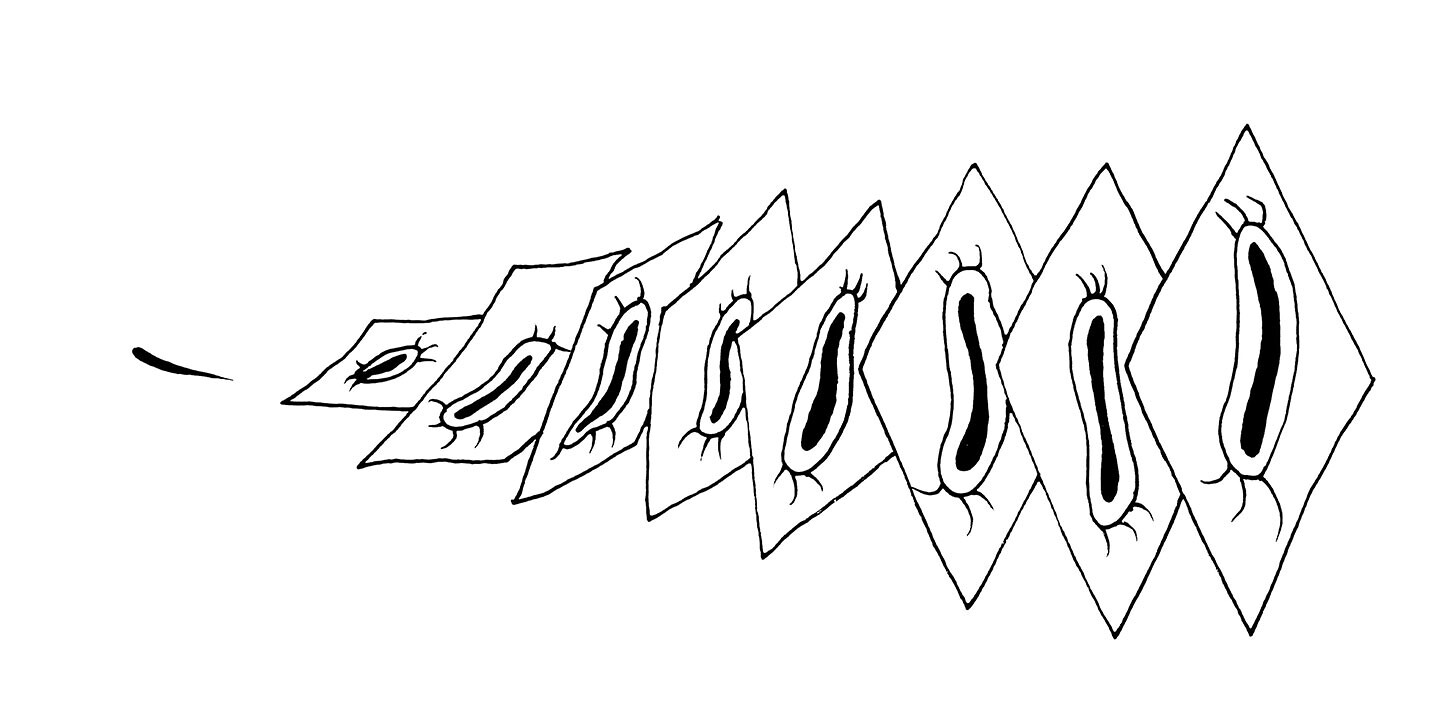

For Hannah Arendt, the expansion of authoritarianism in Europe in the twentieth century stemmed from the alienation and loneliness brought about by the degradation of the world in common. In the twenty-first century, the continuing loss of a world in common and the crisis of relationality help explain the resurgence of fascisms and fundamentalisms across the world. Nowadays, the main ruling instruments in neofascist states like the US, Brazil, and India are polarization, fear, and the mass sentiment that “something” (like our means of subsistence or the networks of safety materialized in the welfare state) has been taken away from “us”—either by the 1 percent on the one hand (a historic left position), or immigrants on the other (a historic right position). The corporate state manages mass mood swings by immersing itself within the masses, wielding the totalitarian discourse of “taking back” what has been stolen from “us” (at any cost). In this neofascist (or in some places like Mexico, neopopulist) phase of neoliberalism, the power of capitalism works by selecting, excluding, and disseminating events that structure the present which each one of us perceives. For each user/citizen/consumer, the digital neoliberal capitalist order offers an individualized, tailor-made reality. This process occurs and repeats to the point that our “normal” now consists of living in a world in which we all have the right to retreat to our own private worlds of meaning, tailored by the algorithms of digital interfaces that constantly adapt to each user’s individual needs. The possibility of a world in common has been replaced by myriad niches for the private consumption of digitalized content. Clearly, representation—the dispositif that, via speech and action, enables appearance in the world in common, and also the human capacity for the creation and dissemination of shared meaning and traditions—has been hijacked by capitalism, authoritarianism, democracy, the internet, and spectacle.
In the nineteenth-century, when the modern political imagination first began to take shape, nations aimed to produce a representative form of social cohesion. They did this by constructing and disseminating a world of shared meaning that expressed the alleged “essence” of an imagined community: shared cultural history, iconography, language, food, and dress.5 In this context, art and critical thought were the utmost expression of a community’s values and had the avant-garde role of announcing a visionary and emancipatory future for all. Premised on a separation between action and appearance, avant-garde art operated in a separate realm than politics and action (enacting what we know as the “autonomy” of art). Artists adhered to the tradition of the revolutionary takeover as the primary path for universal emancipation. In their rebellion, avant-garde artists made a tactical, temporary, local, contrived, problematic, and idealistic alliance with the working class and the marginalized (I’m thinking here of artists like Courbet, Dziga Vertov, and Tarsila do Amaral, among others). This attempted alliance was based on representativity: an invisible social contract in which artists imagined themselves to be mandated by humanity to address humanity in the name of universal values, grounded in a conflict between the individual (artist) and societal structures.6


In the 1960s (the era of high modernism), artists abandoned representation and dismissed representativity as totalitarian structures, as vehicles for a bland, sexist, and racist humanism and a trite universalism. Artists replaced the invisible social contract from early modernity that had enabled them to speak on behalf of all of humanity with a new one, in which they spoke from the point of view of their own gender, ethnic origin, political struggle, or sexual orientation, as colonized peoples, minorities, workers, etc. Paradoxically, in the 1980s and ’90s, representativity came back with a vengeance through identity politics and consciousness-raising activism (specifically during the AIDS epidemic). Its return, however, was no longer as a concept subject to criticism and deconstruction, but rather as a positive, affirmative concept. A new, invisible social contract was drawn up in which individuals would now only speak on behalf of themselves as representatives of their own personal experiences of ethnic, political, or gendered specificities, with the mandate to address “everyone” and to secure recognition of “my” ordeal. Equality came to mean equal access to visibility through self-representation. As a result, a new kind of multicultural universalism flourished, one that celebrated difference even as it ignored real-world contradictions and conflicts—for instance, the unresolved and ongoing history of colonialism.
The return of representativity at the end of the twentieth century coincided with the rise of neoliberal globalization. Globalization meant the dismantling of the referential economy of political and aesthetic modernity and the exhaustion of the social contract that had assigned artists universal representativity. Under globalization, art is disseminated to a globalized mass society through an internationalized culture industry. Governments and corporations monopolize this culture industry for the purpose of managing the dissent and antagonism produced by the neoliberal order. In other words, states and corporations instrumentalize art as a showcase for global democracy; they point to art that expresses dissent as proof of how “democratic” and “tolerant” the neoliberal order is.
Along with being an index of democracy, art is also a lucrative niche for the global entertainment business. Art has thus become a form of consumable merchandise, destined to be used up. In this situation (diagnosed by Arendt and others in the 1960s7), artists have either embraced this quality of art as merchandise (Jeff Koons, Damien Hirst), or rejected it in the name of politicization and criticality (Hans Haacke, Andrea Fraser, Hito Steyerl). With globalization, critical artists have been summoned to become useful by surrendering art’s (always partial) autonomy8 and taking up the task of restoring what has been broken by the system. So they denounce globalization’s collateral damage and contemporary art’s woeful conditions of production. They imagine a more just future, produce political imaginaries, disseminate counter-information, restore social links, gather and archive documents and traces for the “duty of memory,” etc. Perhaps, then, the prior role of the artist as a cultural vanguard has given way to a mandate to cultivate a feeling of political responsibility in spectators, in the name of self-representation and the representation of Enlightenment values.
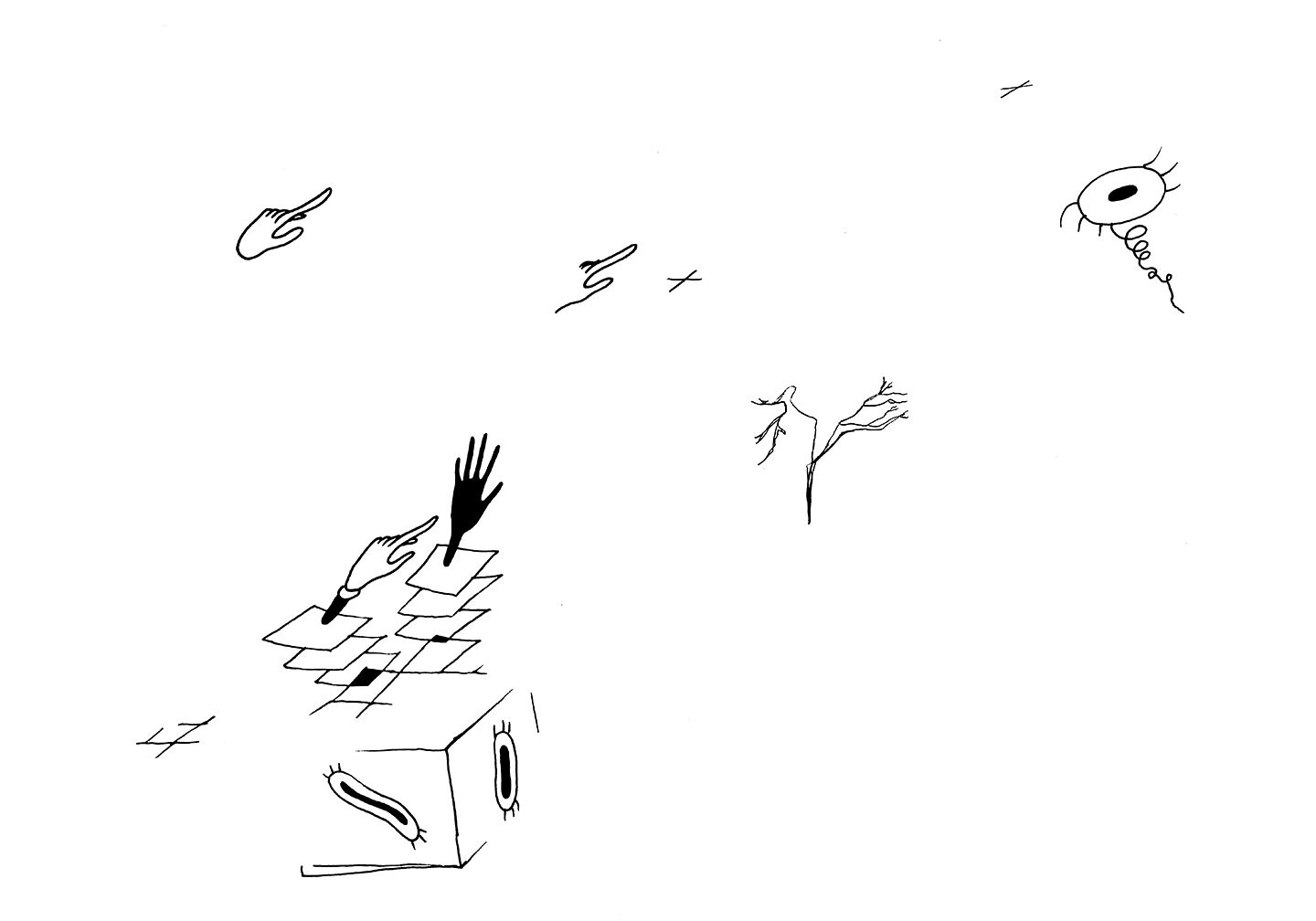

The main problem with artworks that speak on behalf of the struggle of others, or that seek recognition for “my private ordeal,” is that they inhabit a moralizing realm of non-shared meaning. Such forms of address lead to a codependent politics of appearance based on a melancholic restoration of singular worlds, devoid of the possibility of speech and action and thus of common meaning (which, according to Arendt, is the condition for politics). The codependent politics of appearance demands a form of despotic empathy generated by situating oneself, or others on whose behalf one speaks, in the place of the martyr or scapegoat seeking recognition and visibility. Furthermore, the modern practice of “looking at the pain of others” has created a form of “reified subjectivity” that enables a spectacularized, uncommitted, and “post-political” position vis-à-vis the world. This means that from the perspective of reified subjectivity, as Anita Chari argues, the economy exists as a domain that is separate from human activity, blinding the subject to the extent of her involvement in the capitalist processes in which we are all complicit.9 As a pathology, reified subjectivity leaves room only for despotic empathy, which in turn forecloses the possibility of seeing actual power relations that divide the world between “the wretched of the screen” and spectators living in privileged enclaves with access to cultural commodities. In the late 1970s, Colombian filmmakers Carlos Ospina and Luis Mayolo articulated this problem as “pornomiseria.” They devised the term in the context of politicized films in Latin America that denounced the structural effects of colonialism on marginalized, non-modernized, “underdeveloped” populations throughout the continent.10
If we think about the codependent politics of appearance in Hannah Arendt’s terms, it means that the world of appearances is constituted by a moralizing Manichean perspective: that of communities formed around subjugation and worldlessness, versus communities of morally concerned spectators. This singular perspective is a sign of the disappearance of the common world and the domination of radical isolation, breeding conflict and polarization. Two consequences of being imprisoned in our own singular experiences are the mass inability to hear or see others, and the shaping of our reality by appearance alone, instead of by the kinds of actions, speech, and relationships that make up Arendt’s “world in common.”
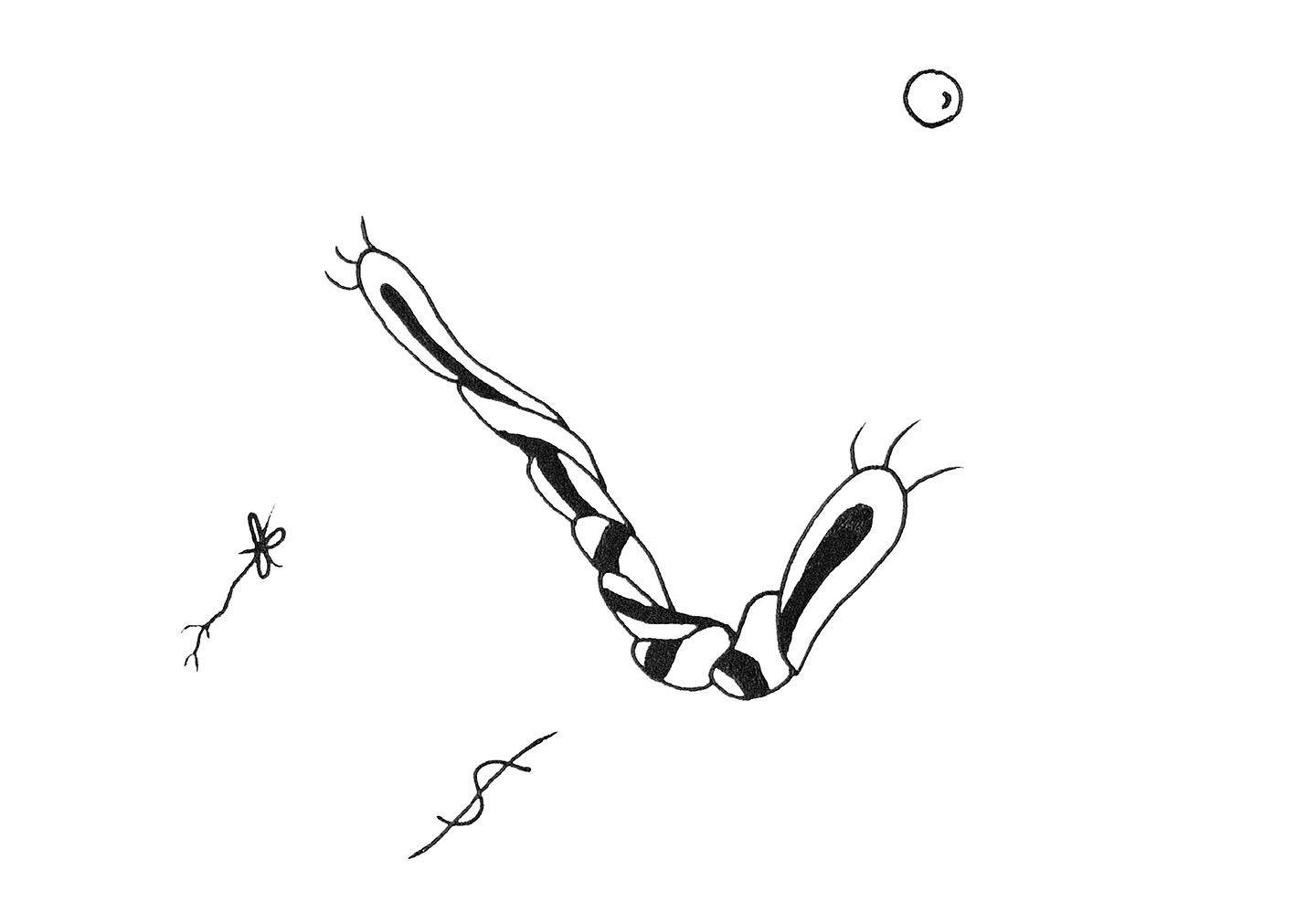

When despotic forms of empathy prevail, action and speech are reduced to sheer appearance. Speech without action—such as speech that merely demands recognition—fails to disclose the position that the speaking human occupies in relation to others and the world, beyond simple identitarian or subjective categories. In the opposite case—when we have gestures without speech—these gestures take the form of brute physical action without verbal accompaniment and are thus meaningless (like terrorist attacks or massacres in schools and public spaces). For Arendt, actions are only made relevant by the spoken word, which identifies the speaker as the actor announcing what she is doing, thereby giving meaning to her actions, but only in relation to others. In other words, no other human behavior is in greater need of speech than action. This “being with” is neither for or against others, but rather in sheer human togetherness.
Despotic empathy destroys the in-between of the world in common that enables and contains speech and action. The world we have in common is usually seen from an infinite number of different points of view. Through speech and action, we not only learn to understand each other as individual persons, but also to see the same world from one another’s (sometimes opposing) standpoints. In this context, universality means that while everyone sees and hears from a different position, some people have the capacity to multiply their own point of view.11 But from a decolonial standpoint, the acknowledgment of difference is not enough; one must also recognize positions of dominance and oppression, which are not based on differences, but are incommensurable.12 This is why it is incommensurability that must exist “in between” people. Acknowledging incommensurability means, for instance, listening and attempting to understand the indigenous demand for the repatriation of land, and learning where you yourself are situated with regards to this demand. Incommensurability also means, for example, acknowledging that while Europeans and descendants of Europeans in North America and in the “Global South” may not be on the receiving end of oppressive relations, colonial violence in fact impacts everyone insofar as privilege is hierarchical and racialized.13 Bringing incommensurability into the space “in between” humans would also mean acknowledging interdependence beyond detachment or codependent empathy.
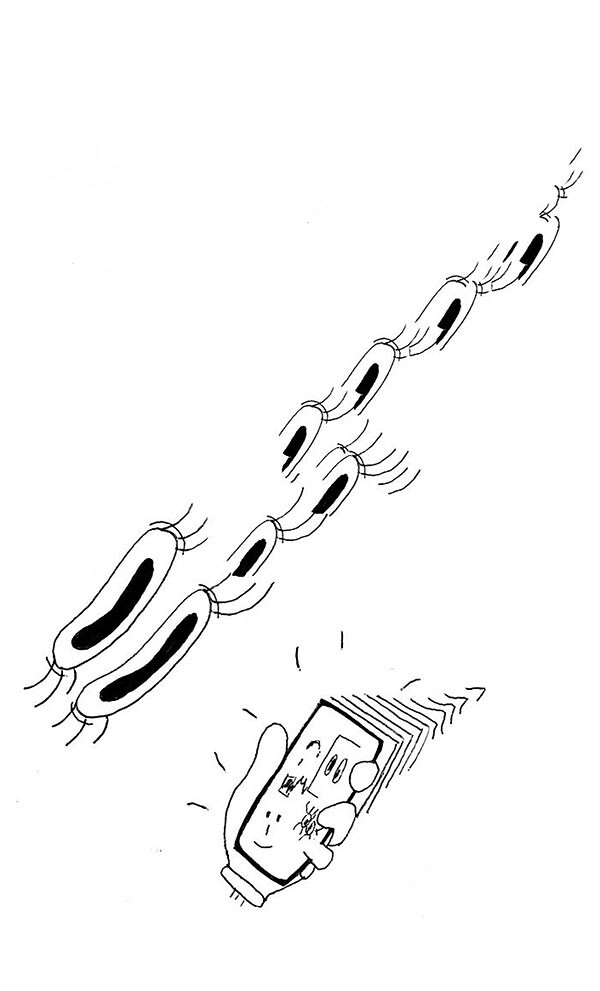

Thus, to resist the present, I propose: First, to take up the urgent task of producing horizons of hope from the point of view of incommensurability by creating a new relationship between creativity and critique.14 Second, we must do away with representation, recognition, and difference and replace them with frames for relationality and reciprocity. Third, perhaps before we embark on this search for relationality we need to flee the infosphere. Lastly, we should not confuse the Lebenswelt or the “world in common” with the public sphere; nor should we confuse relationality with relational aesthetics. We need to put relationality before aesthetics (not as aesthetics). In relationality, alterity is encountered without mediation or instrumentalization. Reciprocity changes the focus from mediation to comprehending the concrete effects of our actions on others and the world. An emphasis on the relational rather than on the moral would enable transformative encounters defined by exposure, availability, and vulnerability. Relationality and reciprocity also mean acknowledging that our medium-term survival depends not on the help of strangers or “foreign aid,” but on mutual aid. This means rejecting individual self-interest for an enlarged concern with the well-being of a community, including one’s territorial or nonhuman connections. We must embrace our duty to look after each other and ourselves. Instead of waiting for capitalism to fall apart around us, and in spite of us, we need to begin to act, taking our existence in our hands, inhabiting territories autonomously, but most of all: giving primacy to the power of togetherness. In this sense, we do not know yet what art made within a relational life-frame would look like: it has yet to be invented.
Hannah Arendt, The Human Condition (University of Chicago Press, 1958), 28.
Hannah Arendt, Between Past and Future: Six Exercises in Political Thought (Viking Press, 1961).
Félix Guattari, The Three Ecologies (Athlone Press, 1989), 27.
Franco “Bifo” Berardi, “Game Over,” e-flux journal, no. 100 (May 2019) →.
Benedict Anderson, Imagined Communities: Reflections on the Origin and Spread of Nationalism (Verso, 2016).
Thierry de Duve, Aesthetics at Large, vol. 1 (The University Press, 2018).
Hannah Arendt, “The Crisis in Culture: Its Social and Political Significance,” in Between Past and Future: Eight Exercises in Political Thought (Viking Press, 1968), 218.
Nick Brown, Autonomy: The Social Ontology of Art Under Capitalism (Duke University Press, 2019).
Anita Chari, A Political Economy of the Senses: Neoliberalism, Reification, Critique (Columbia University Press, 2015).
Luis Ospina and Carlos Mayolo, “Agarrando Pueblo: Manifiesto de la Pornomiseria,” 1978.
Arendt, “The Crisis in Culture,” 219.
Eve Tuck and K. Wane Yang, “Decolonization Is Not a Metaphor,” Decolonization: Indigeneity, Education & Society 1, no. 1 (2012): 1–40.
Tuck and Yang, “Decolonization Is Not a Metaphor.”
Rosi Braidiotti, “On Putting the Active Back into Activism,” in “Deleuzian Politics?,” special issue, New Formations: A Journal of Culture/Theory/Politics, no. 68 (2009): 42–57.
Category
Subject
All images by Montserrat Pazos.
